Retro Replay Review
Gameplay
Fisher-Price: I Can Remember centers entirely on the classic memory card-flipping mechanic, transplanted onto the NES with simple yet addictive precision. Players flip over pairs of cards, trying to remember the location of each image they reveal. Match two identical Fisher-Price toy pictures and those cards disappear, uncovering parts of a larger hidden image beneath them. It’s an intuitive premise that anyone can pick up within seconds, making it an ideal entry point for younger gamers or families looking for a cooperative or competitive experience.
(HEY YOU!! We hope you enjoy! We try not to run ads. So basically, this is a very expensive hobby running this site. Please consider joining us for updates, forums, and more. Network w/ us to make some cash or friends while retro gaming, and you can win some free retro games for posting. Okay, carry on 👍)
The game spans three difficulty tiers, with each level increasing the number of cards in play: 12 cards on Level 1, 16 on Level 2, and 20 on Level 3. As the board grows, so does the challenge, demanding sharper concentration and longer memory retention. Vibrant toy icons—from the classic Chatter Telephone to Tiny Tears—serve as memorable visual cues, but the sheer number of pieces to recall adds meaningful tension to each flip. Finding matches not only clears cards but also gradually reveals a larger Fisher-Price item, providing a satisfying visual reward for your efforts.
Variety comes from multiple modes of play. In single-player mode, you’re racing against both time and your own recall abilities, aiming to complete the board with the fewest mismatches. Two-player mode introduces a face-to-face battle of wits: each player takes turns, and every successful match earns a point. For solo players seeking an extra challenge, the game’s AI opponent, “Electro,” offers a surprisingly formidable adversary—its programmed memory fidelity varies by level, keeping you on your toes.
Subtle pacing choices make the gameplay loop engaging rather than repetitive. After each round, you can start at a higher difficulty or revisit an easier board to improve your personal best. While there are no power-ups or bonus stages, the straightforward design ensures you remain focused on the core memory exercise, making it an effective educational tool as well as light entertainment.
Graphics
On the visual front, Fisher-Price: I Can Remember embraces the NES’s characteristic color palette with bright, primary hues that pop on-screen. Each toy illustration is rendered in simple yet charming pixel art, capturing the essence of beloved Fisher-Price classics. Although limited by 8-bit hardware, the images are clear enough to be instantly recognizable—a crucial feature for a memory-based game where quick identification matters.
The background and card-back designs feature muted grays and blues, ensuring that the toy icons remain the focal point. When cards are removed, they give way to the hidden larger image, which gradually fades into view in blocky but satisfying detail. This reveal animation, though modest, adds a layer of visual progression that keeps you engaged as the board clears.
Transitions and animations are kept to a minimum to maintain quick gameplay flow. Flips happen swiftly, and mismatched cards flip back without delay. While there’s no flashy scrolling or layered parallax, the straightforward presentation is entirely fitting for a puzzle game, preventing visual clutter and keeping the focus squarely on the matching challenge.
Sound effects complement the visuals with simple beeps and boops, though the title lacks a memorable musical theme. The absence of extensive soundtrack material may feel underwhelming to some, but it also reduces distractions, allowing players to concentrate fully on the unfolding board.
Story
As a memory-matching exercise, Fisher-Price: I Can Remember doesn’t weave a traditional narrative or character arc. Instead, the “story” unfolds through the slow revelation of a larger toy image as you clear matched cards. This minimalist approach builds a quiet sense of anticipation—each successful pairing brings you one step closer to the complete picture, whether it’s a big wheel, a classic school bus, or another iconic Fisher-Price plaything.
There’s an implicit homage to Fisher-Price’s history embedded in each matching session. For parents and adult players familiar with the brand, spotting a Tiny Pony or Play Family figure can evoke nostalgia, connecting the gameplay to real-world memories. In this way, the game taps into sentimental storytelling without words or cutscenes, letting players fill in the blanks with their own recollections.
Two-player and human-vs.-Electro modes add a social storytelling element. Friendly competition sparks lighthearted banter: “Gotcha!” and “Oh, so close!” become part of the personal narrative you create with friends or family. Although there are no voiced lines or text-based dialogue, the shared experience of uncovering toy images becomes its own kind of interactive story.
Ultimately, the narrative fabric here is woven from memory itself. As you play, you’re both discovering and reinforcing images from childhood playrooms. This simple, evocative storytelling technique makes I Can Remember more than just a puzzle—it becomes a small trip down memory lane.
Overall Experience
Fisher-Price: I Can Remember delivers a solid, no-frills memory game that lives up to its educational roots. Its straightforward design, colorful visuals, and progressive difficulty curve make it accessible to young children while still offering a fair challenge for older players. The inclusion of multiple modes—solo, two-player, and human vs. Electro—extends replay value and adds competitive sparkle.
While the lack of a deeper storyline or expansive features may leave hardcore gamers wanting more, the title is perfectly suited for its intended audience: families, preschoolers, and anyone looking to sharpen their memory skills. Sessions are brief enough for short attention spans, but robust enough to encourage repeated playthroughs in pursuit of flawless matching streaks.
From a modern perspective, the game’s simplicity is its greatest strength. There’s little barrier to entry, no complicated controls, and no hidden mechanics behind the primary match-and-reveal loop. It’s a pure exercise in pattern recognition and recall, wrapped in the friendly charm of Fisher-Price iconography.
In summary, Fisher-Price: I Can Remember stands as a faithful retro adaptation of a beloved memory card game. It won’t redefine the genre, but for those seeking a gentle, nostalgic puzzle experience on the NES, it’s a delightful choice that combines educational value with classic toy nostalgia.
 Retro Replay Retro Replay gaming reviews, news, emulation, geek stuff and more!
Retro Replay Retro Replay gaming reviews, news, emulation, geek stuff and more!
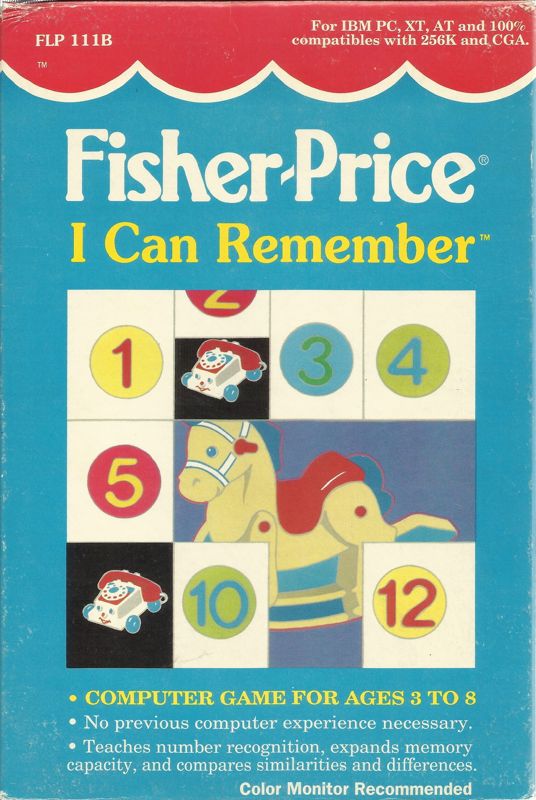
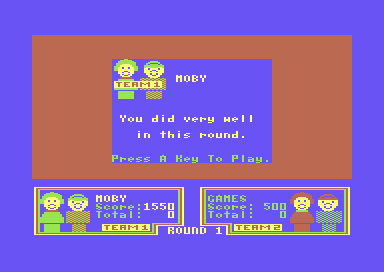
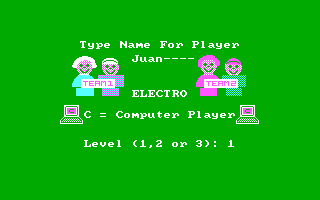
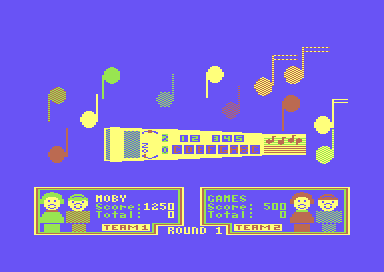
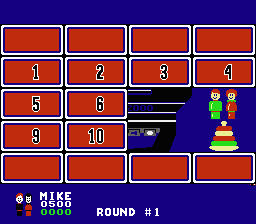
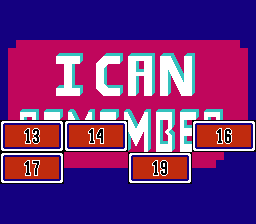



Reviews
There are no reviews yet.